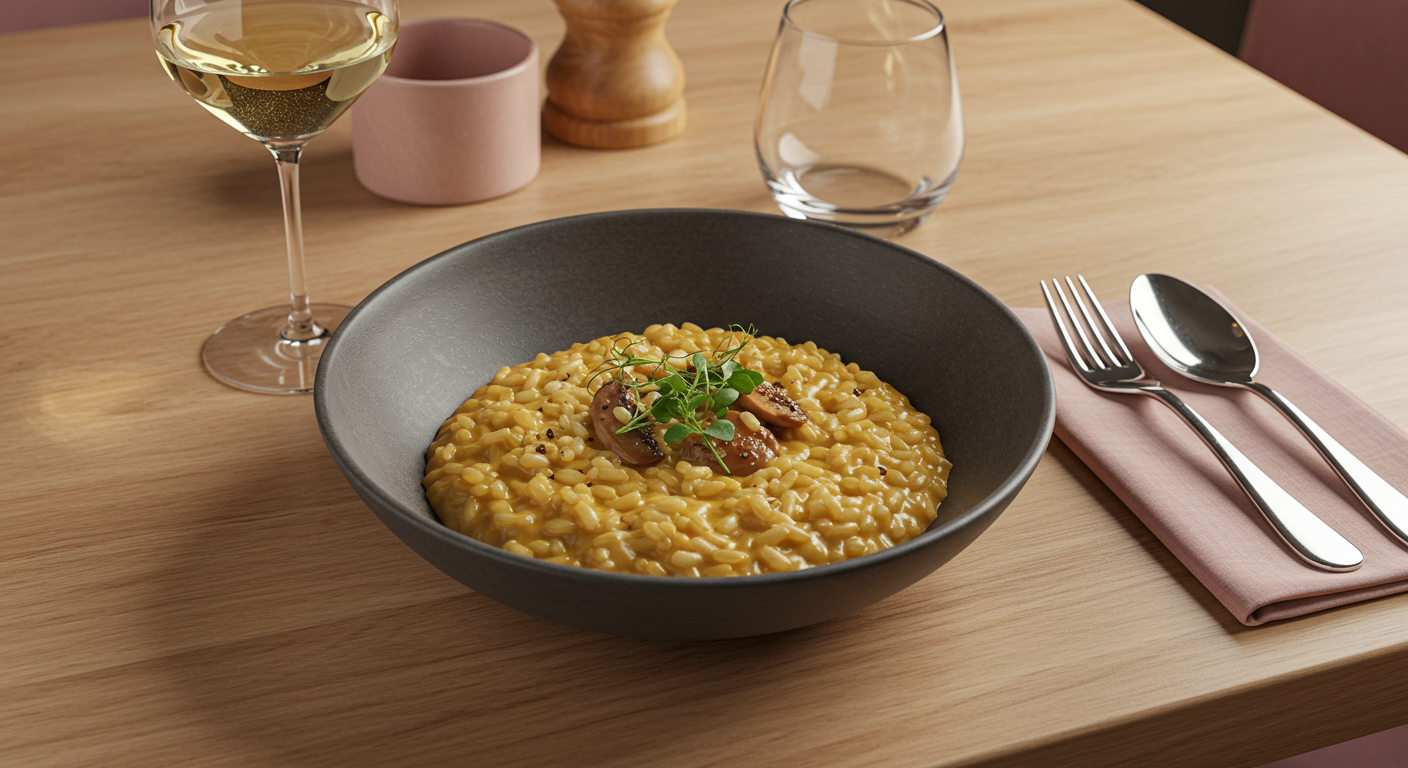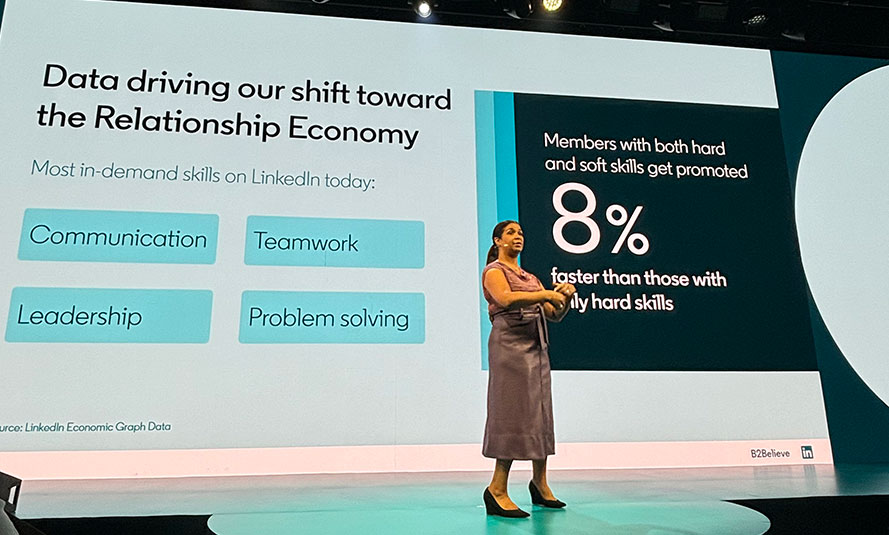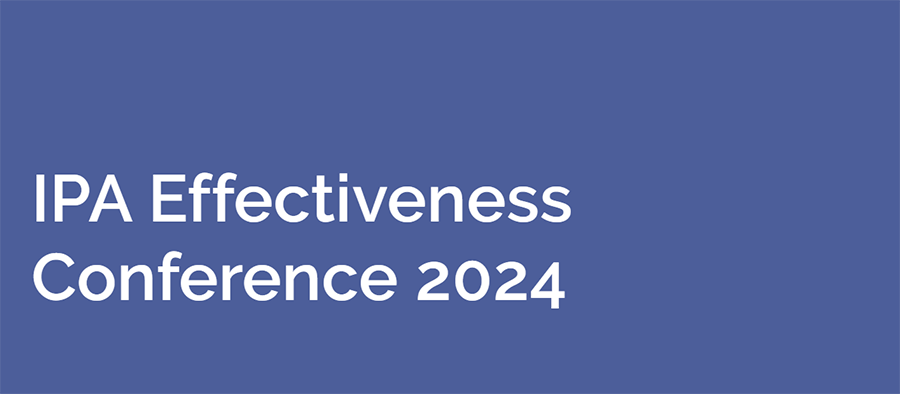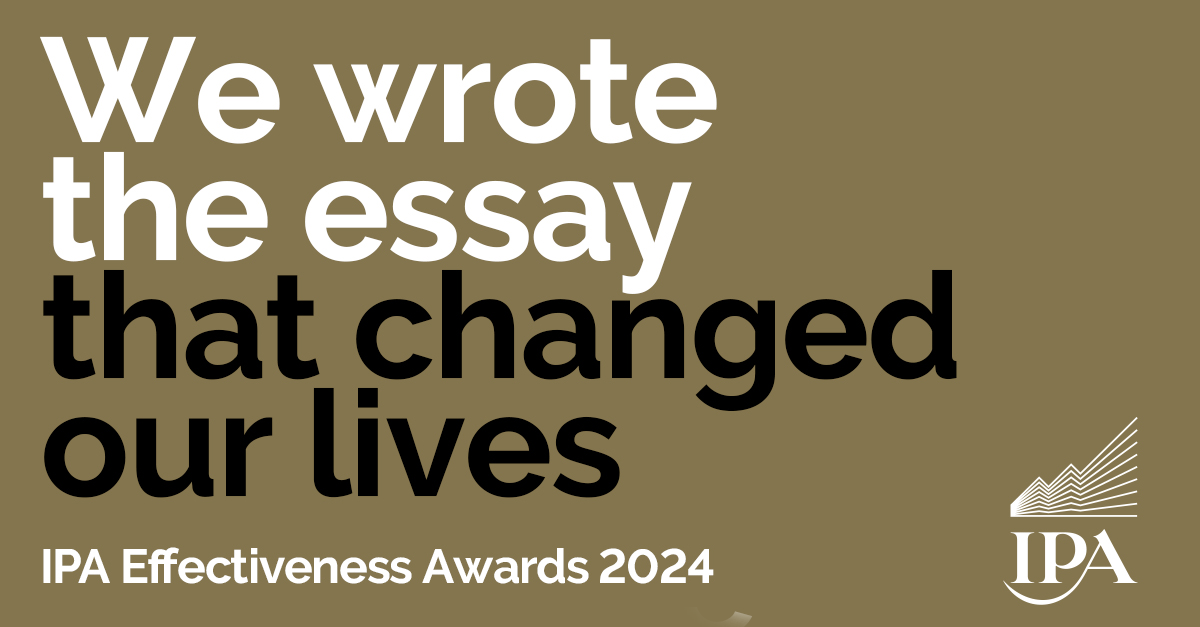For a good few years in the 2000s, my family would spend most weekday nights watching MasterChef Australia. And while we all loved the drama and emotion of the contest proper, the audition rounds came with their tropes and idiosyncrasies too.
One of those was that anyone who used risotto as their audition dish almost always ended up missing out on a slot in the main competition. It was always too stodgy or too runny, or the wrong combination of flavours. As a result, I was always too afraid to cook it.
That all changed when a meal kit service my wife and I subscribed to during the pandemic sent through the ingredients and recipe for a roasted cauliflower risotto. I followed the instructions and, you know what, it was delicious. Maybe not restaurant quality, but still delicious. Since then, I’ve tried dozens of other risotto recipes and even run my own experiments here and there.
It’s a journey which, I believe, has significant parallels with how AI is used in content marketing. I can see you are sceptical. Let me explain…
From microwave meals to restaurant ready
You may be wondering what exactly that has to do with AI, content marketing and content creators. Well, quite a lot actually. Before I get to explaining why that’s the case, however, I should clarify that I’m talking about the large language model (LLM)-based forms of generative AI that have so captured the world’s attention over the past few years. They are, after all, the forms of AI that most affect content creators, whether they operate in the written, visual, or audio spaces.
As a former journalist and full-time writer myself, I can also understand why they’re afraid of this kind of AI. To them, it represents an existential threat (less because of the technology itself and more because of the way big corporates tend to deploy new technologies). They fear it in a way that makes my trepidation around making risotto look even more silly.
As valid as some of their fears are, however, I don’t believe that AI will kill human content makers. Instead, it will force us to change how we think about content production and help us develop an entirely new set of skills and way of working – focused on using AI as a sous chef or recipe book to enhance quality (a process already well underway).
To return to the risotto metaphor, I believe we need to start thinking about AI-assisted content marketing in the same way as I’ve changed my thinking about this Italian staple. Making risotto helped me realise that it runs across a large spectrum from supermarket ready meals to the central dish in a fine-dining experience and that each of those has its own purpose.
The ready meal option
Let’s start with your typical supermarket readymeal risotto. It’s not something you’re ever going to wax lyrical about on an Instagram post, or even recommend to your friends. It’s mainly there to help hungry people who don’t have the time or mental bandwidth to cook stay fed. That’s not a bad thing. We all have days when a supermarket readymeal is exactly what we need (even if it wouldn’t always be our first choice).
The same is true for content. We don’t have beautiful prose in the instruction manual for a microwave or the warranty for a vacuum cleaner. It just needs to convey information in a way that’s clear, concise, and helpful. That’s also true for run-of-the mill emails that people who struggle with writing might otherwise feel too scared to attempt. Basically, it’s like having AI as an extra set of hand in the kitchen to help provide better content faster and deliver better results. If a generative AI tool can do that with humans running quality control for public-facing output, shouldn’t we use it for that?
The home cook
Next up is the home-cooked option. Even if you’re an experienced and talented home cook, you’ll occasionally need help. You might need to refer to a recipe book or look up what you can use as a substitute for a specific ingredient. But you’ll also have honed a more sophisticated sense of taste, meaning that you can tell when the risotto needs more salt, or white wine, or parmesan. At its best, this kind of cooking is like a dance between you and the recipe.
Now, I don’t think that generative AI is quite at the point where that dance is tangible to experienced writers, but it’s close. At the very least, it’s close enough for tools like ChatGPT and Gemini to be helpful when you’re putting together something like a how-to guide or an informational page for a website.
The important thing here, however, is that the human isn’t just providing oversight. They’re providing inputs, tweaking, refining, and adding to the final product. They’re running quality control to ensure LLMs aren’t accessing sensitive data or producing harmful hallucinations, just a good chef oversees every dish that leaves their kitchen. They are, in other words, vital. Any brand that pretends otherwise is fooling itself.
The fine-dining experience
Finally, you have the fine-dining experience. A truly good risotto is transformative. It’s something you’ll speak about for weeks and months to come. It’s also something that’s only achievable by a chef who cares deeply about the ingredients they use, where they come from, and how they’re prepared. It’s something worth paying for. Heck, in some circumstances, it’s something worth putting yourself on a waiting list for.
In the writing space, I’d say those are things like hard-hitting op-eds that engage with the day’s news, pieces of investigative journalism, and your wedding vows (yes, we’ve all heard stories about people using ChatGPT for their nuptials, but please don’t). These are all forms of written content that require human expertise, instincts, and heart at their centre. These are the pieces where AI can certainly help you create faster, but will not necessarily deliver better results. These are the pieces that need input from content creators who care about where they get their information, how they build the story and the kind of message they’re trying to get across. Ask people, in the film, photography, and audio spaces and they’ll give you examples for their areas of expertise too.
Keep experimenting
Of course, things aren’t quite that simple. After all, the supermarket readymeals of today are light years ahead of what was available 20 or 30 years ago, in terms of both taste and appearance. Similarly, generative AI will likely keep improving (although nowhere near as fast as true zealots expect). Deepseek’s already forcing the developers of Western AI tools such ChatGpt and Gemini to rethink how they build their products. That, in turn, will result in further unexpected advances.
So, just as any chef will continually experiment with new ingredients and techniques, content producers should too. It’s not about settling on an AI content marketing solution and using that forever, but rather figuring out what works for you in that moment and what could work for you in the future by trying different things with all of the available tools. More than that, it’s about making sure you and your team are aware of potential risks and gaps in the tools you’re using and putting policies in place to ensure everyone knows what recipe they should be following. After all, the last thing you want is too much salt or rotten ingredients destroying what would otherwise be an incredible dish.
If you’re anything like me, even having a robot butler wouldn’t stop me cooking. Like writing, it’s taught me too much. And while a machine, physical or algorithmic, might help, it cannot replace me.





